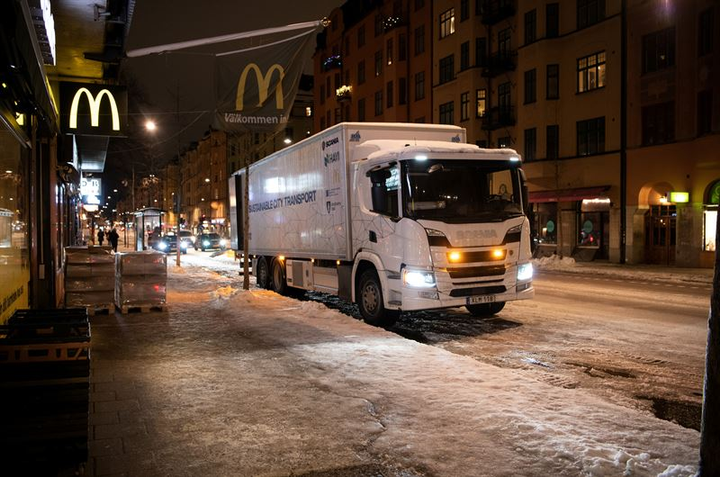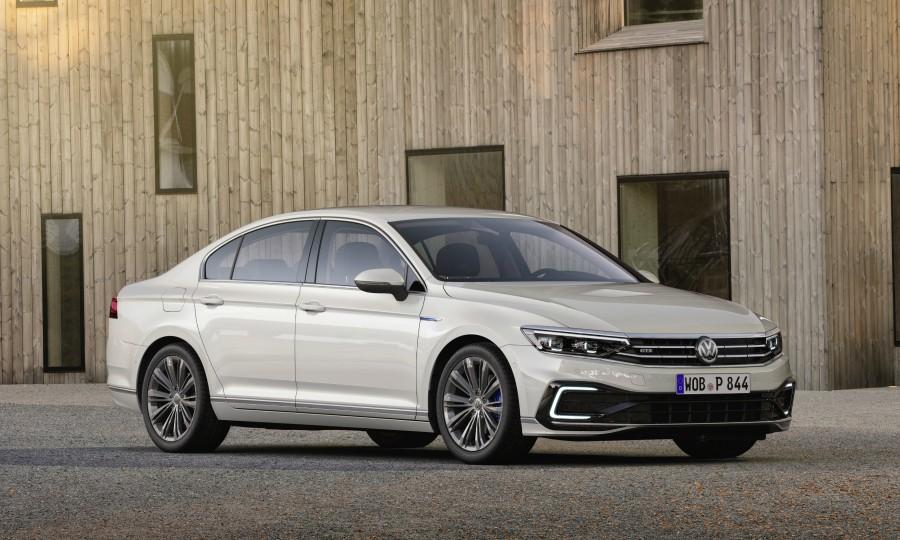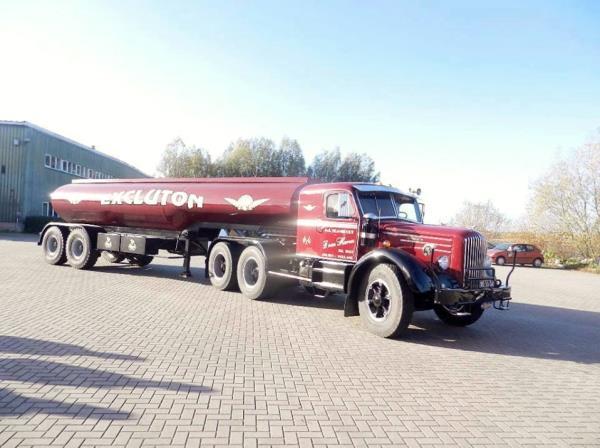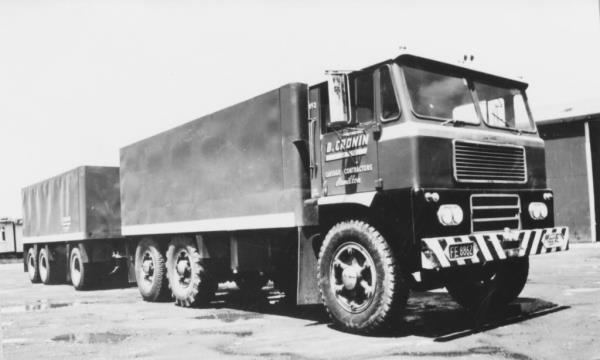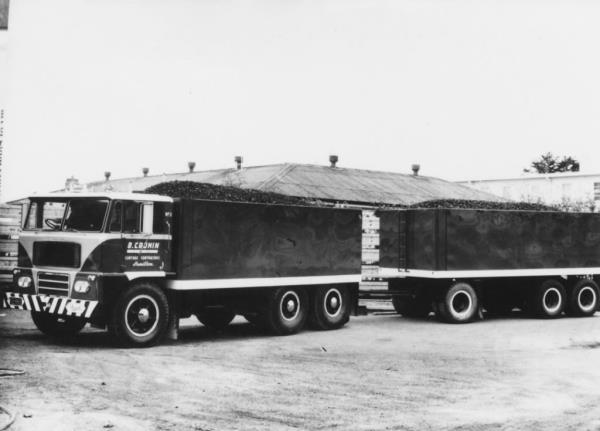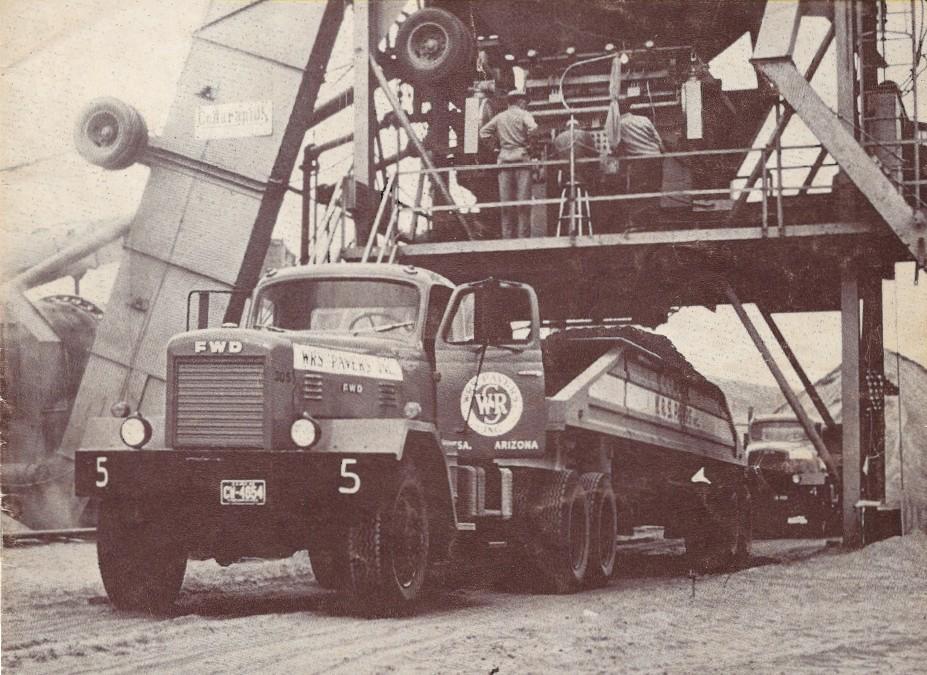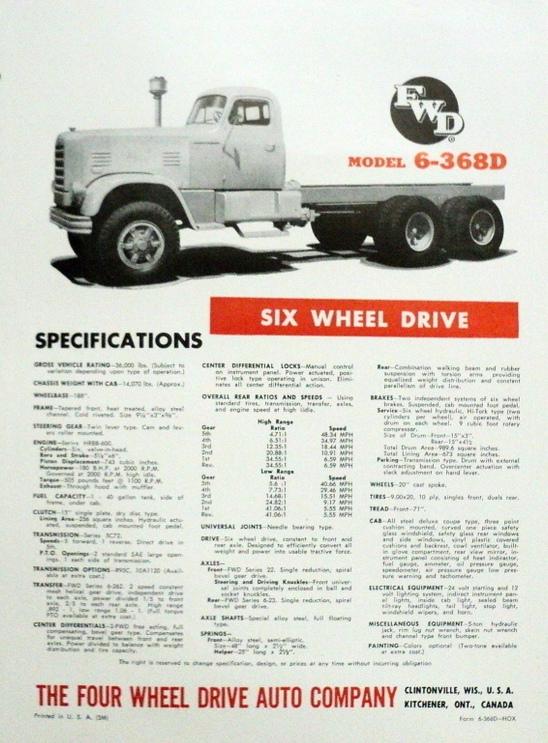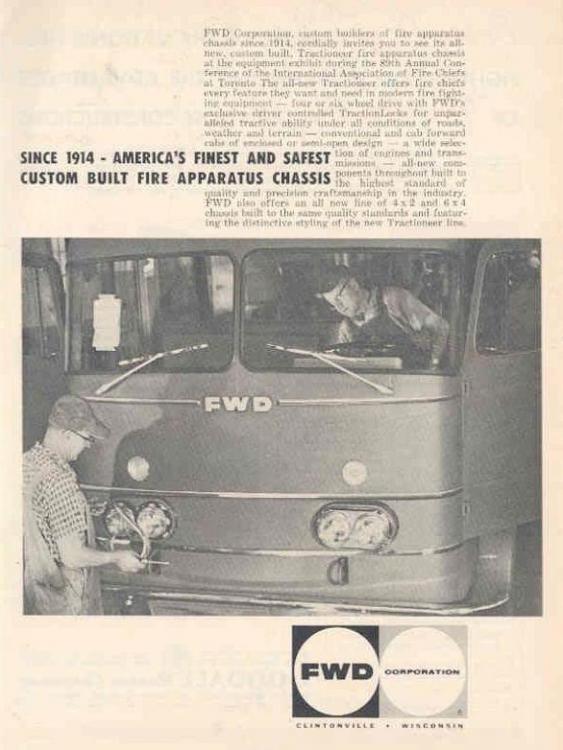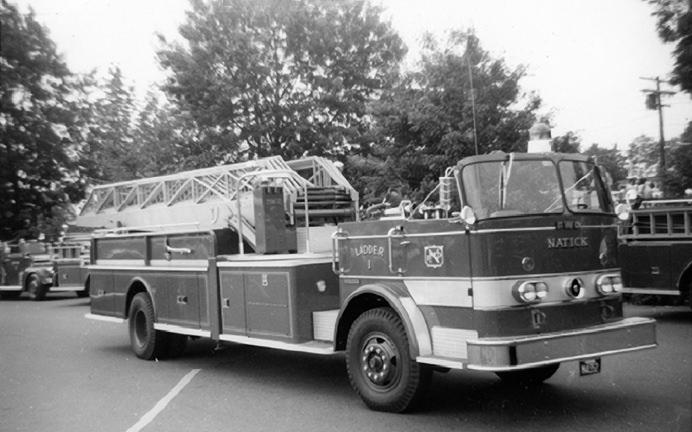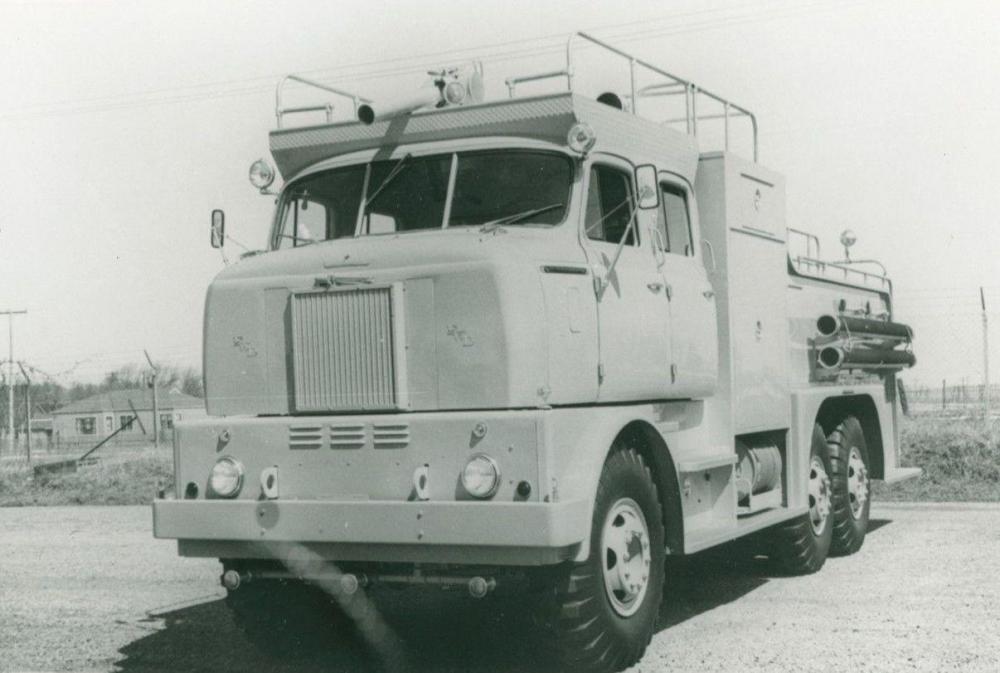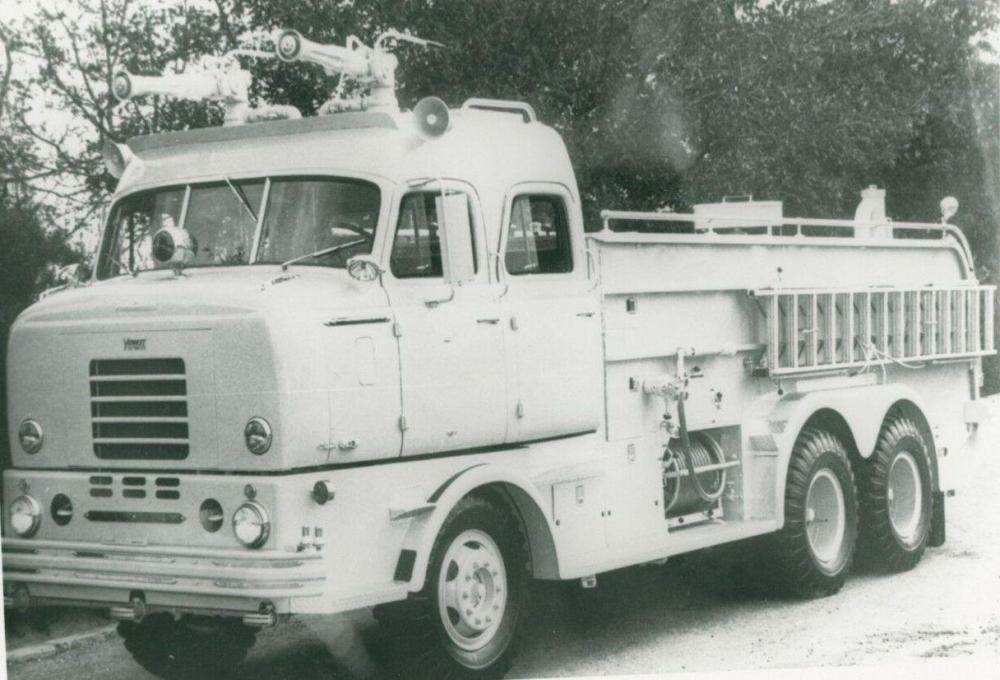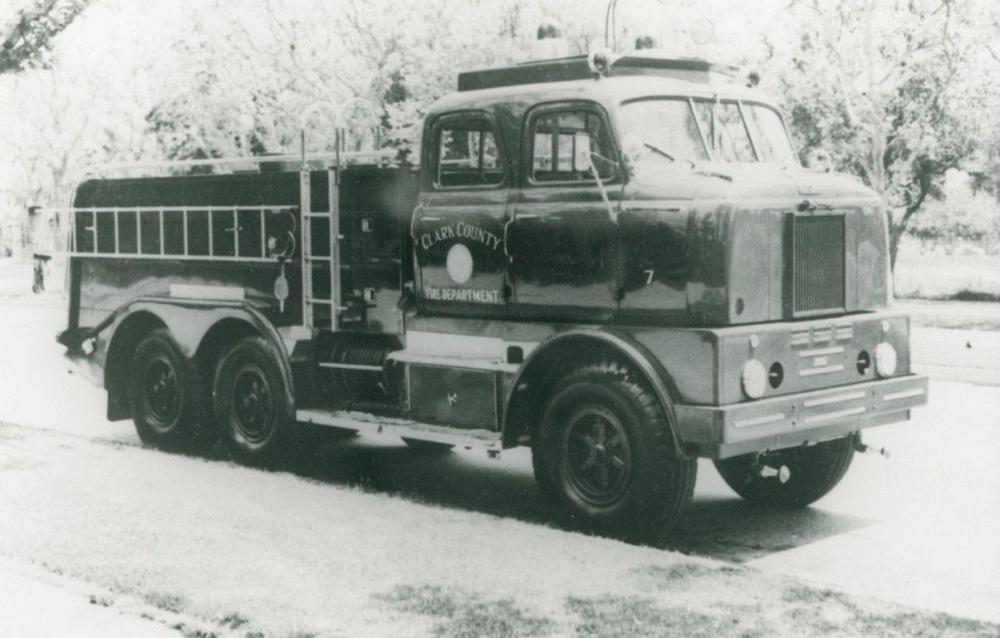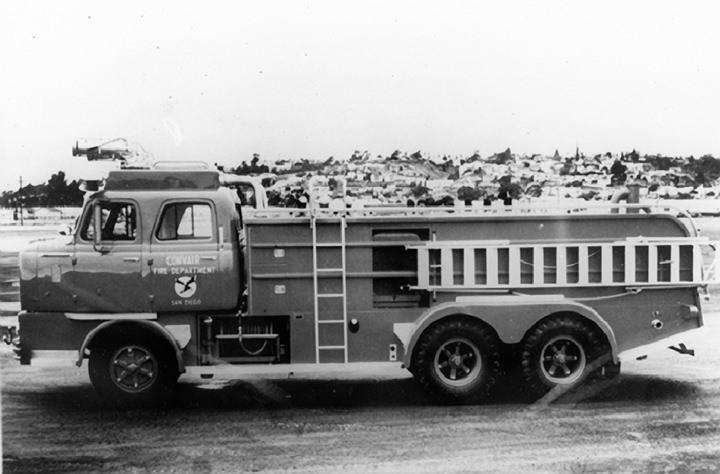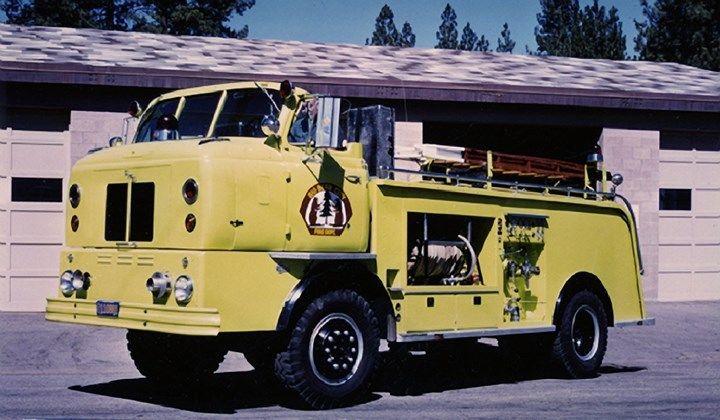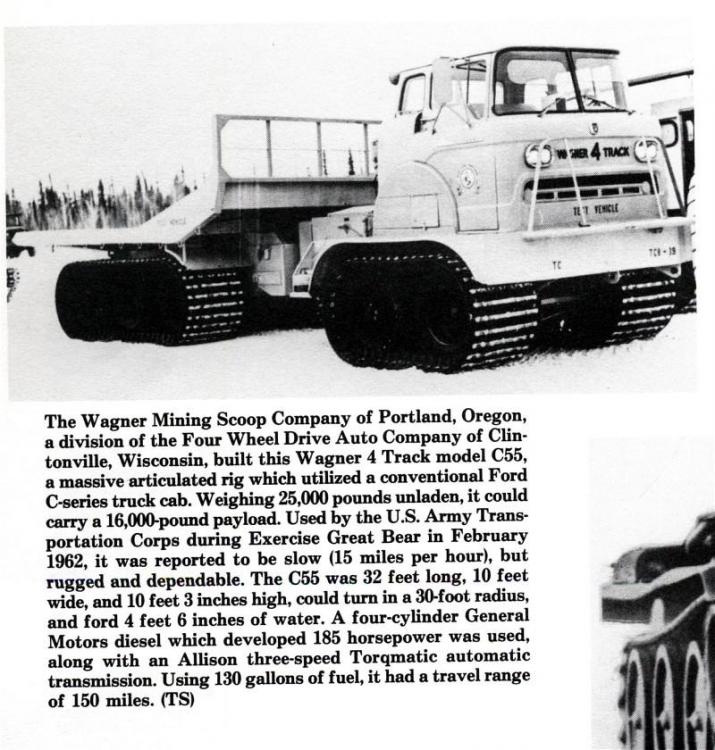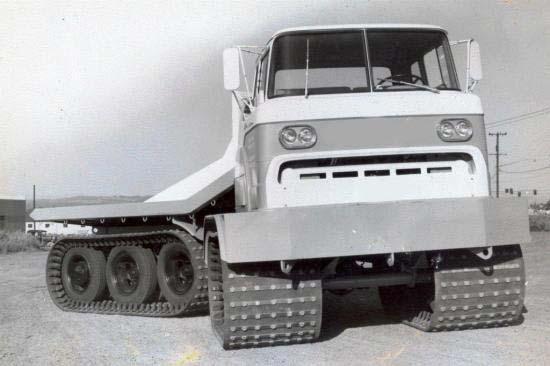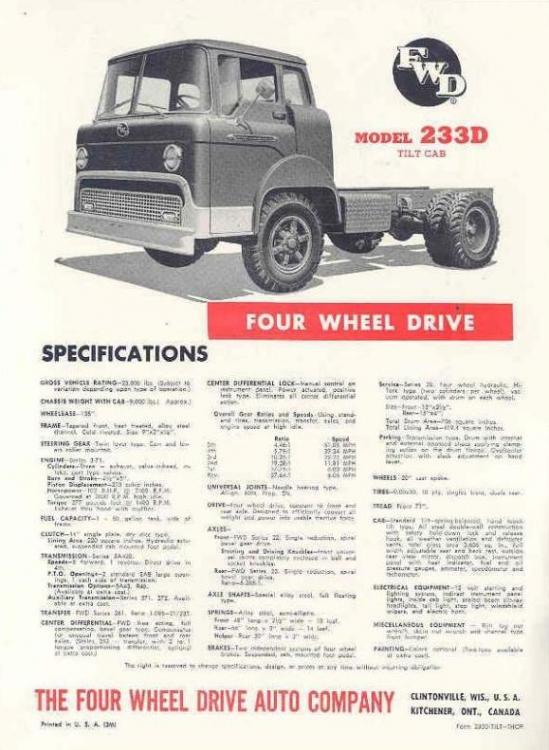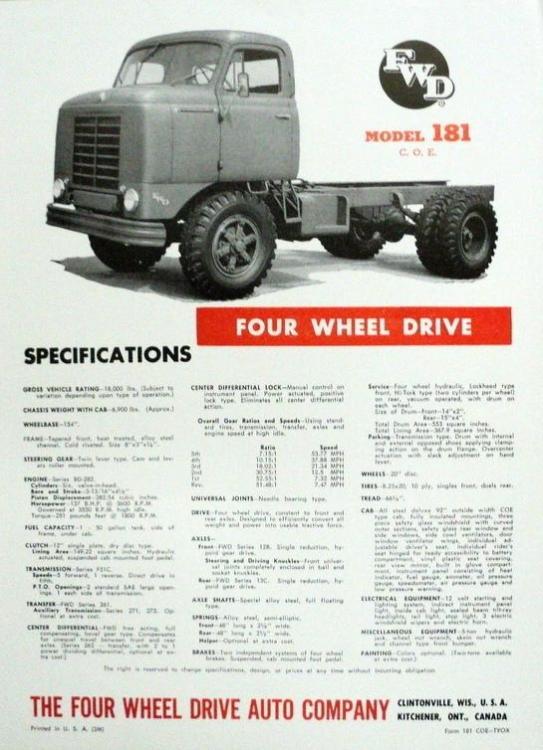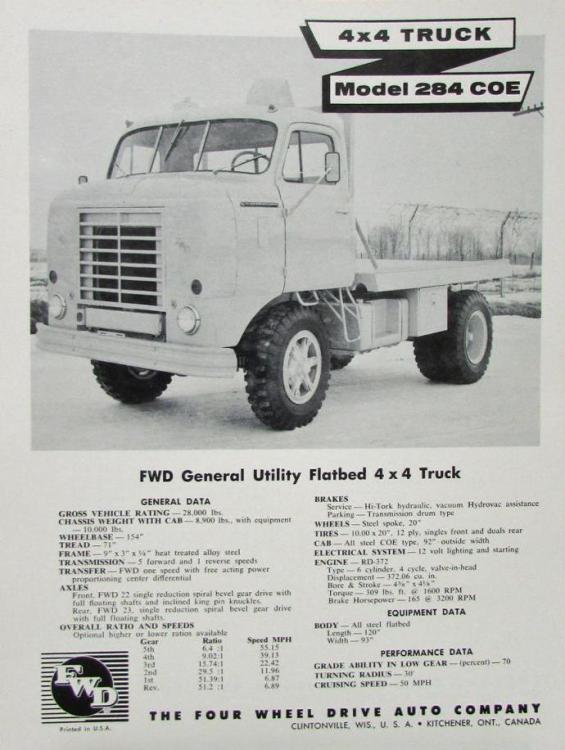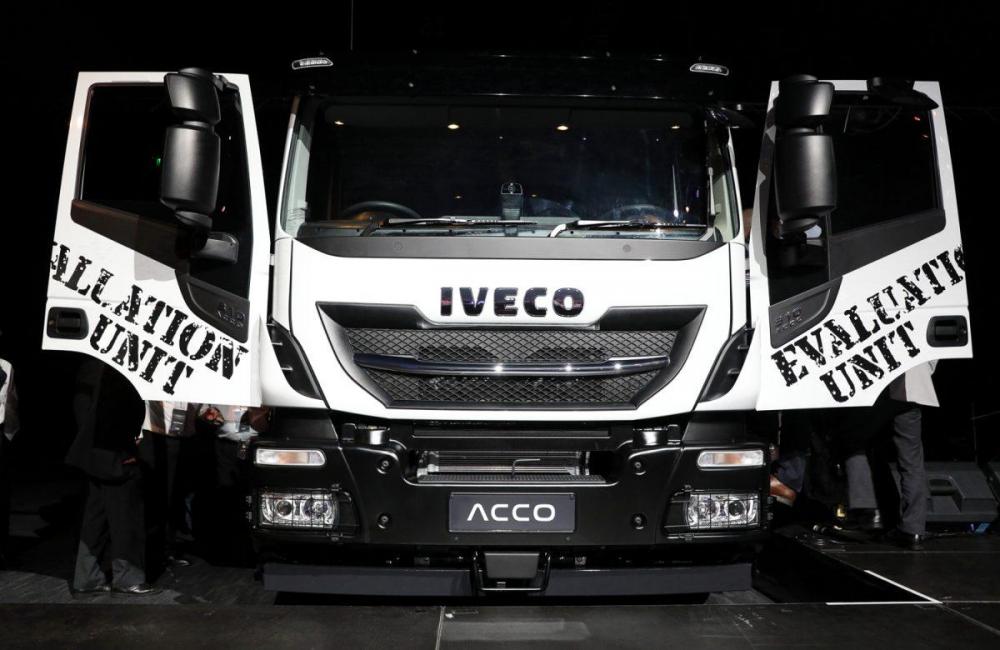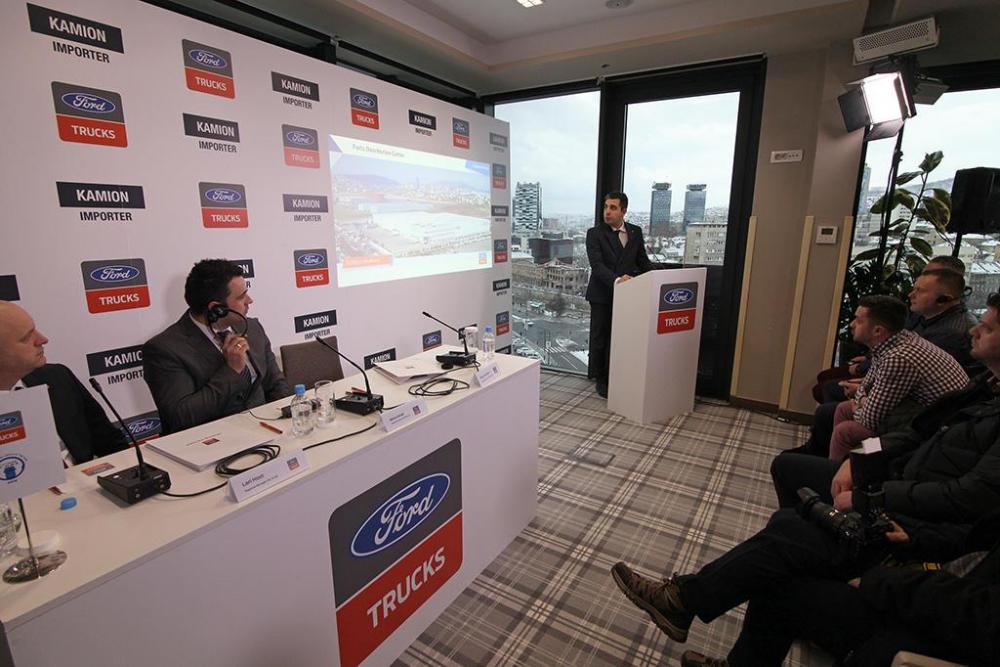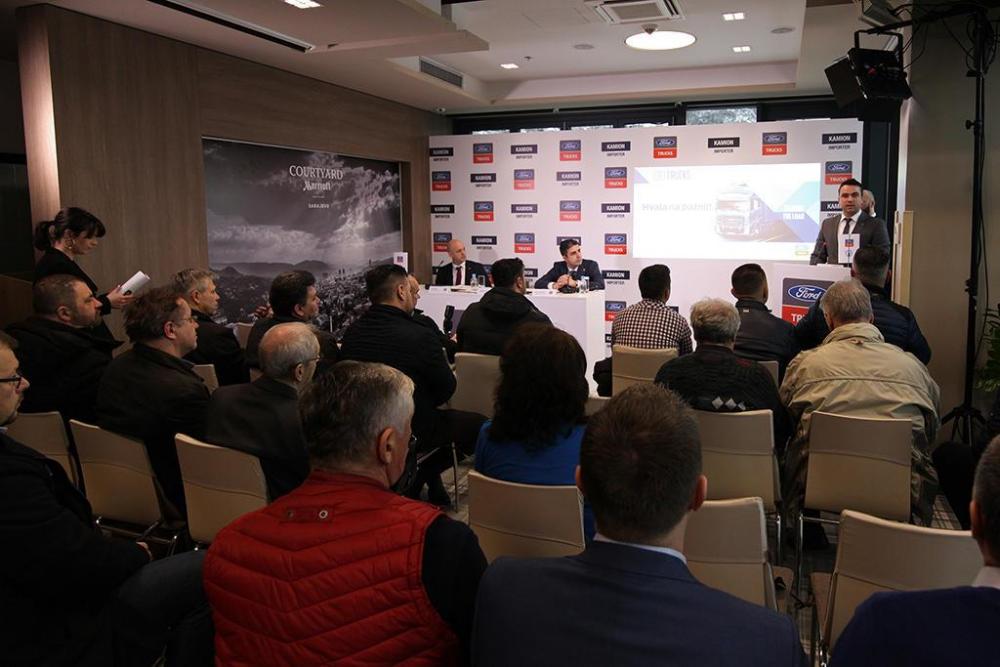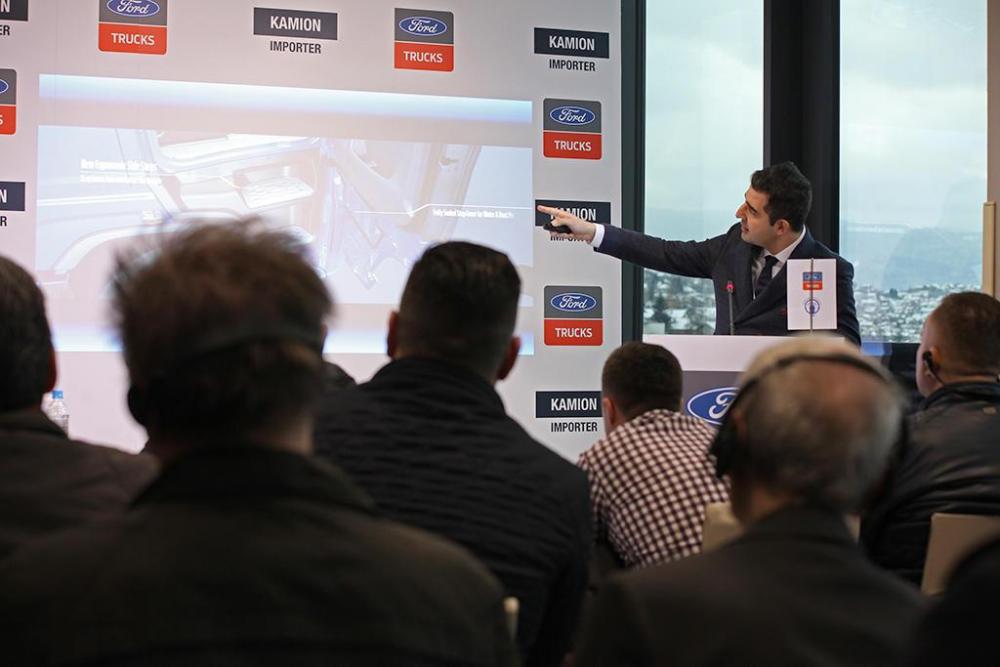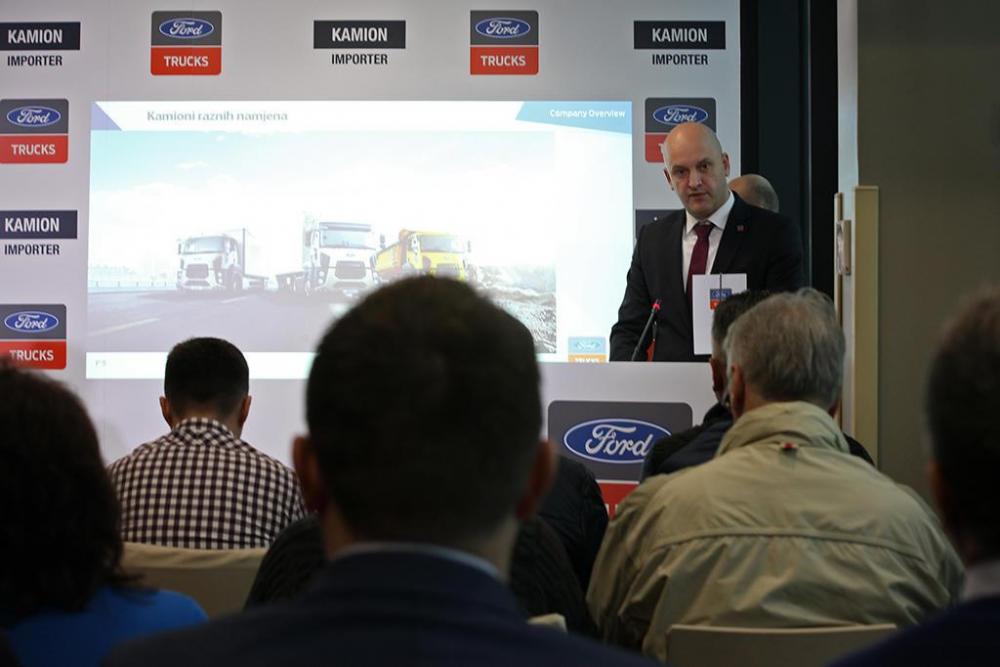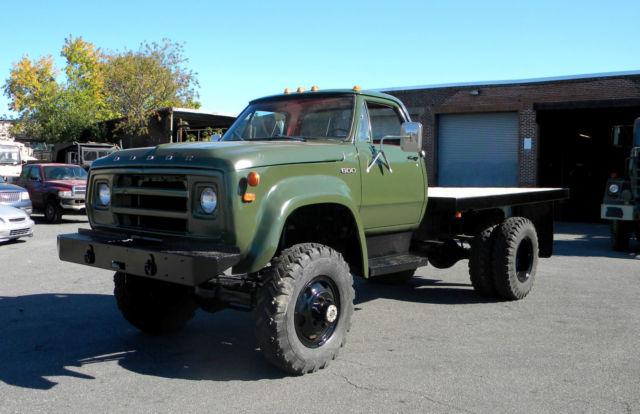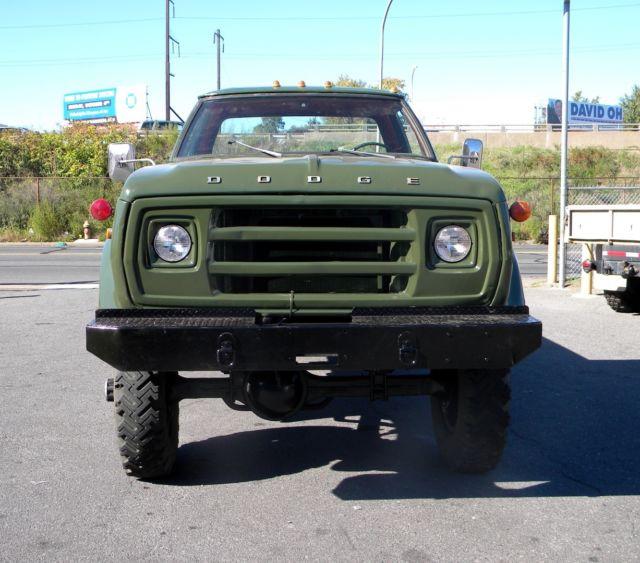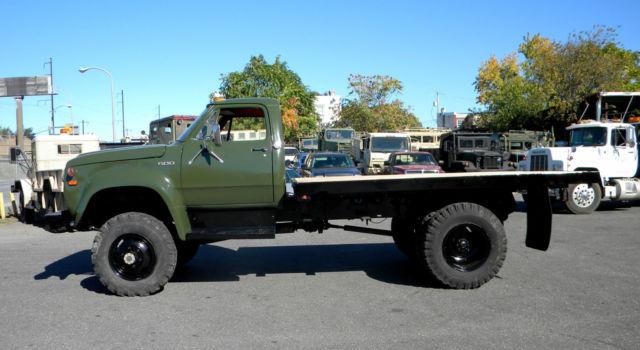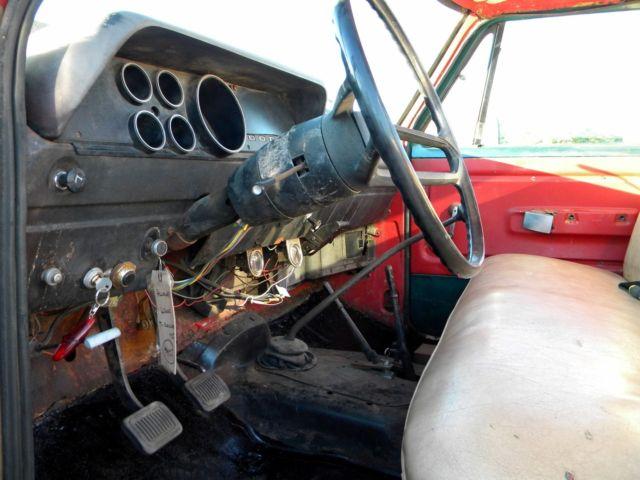
kscarbel2
Moderator-
Posts
18,876 -
Joined
-
Days Won
114
Content Type
Profiles
Forums
Gallery
Events
Blogs
BMT Wiki
Collections
Store
Everything posted by kscarbel2
-
HAVI and Scania help reduce CO2 emissions in McDonald’s Supply Chain
kscarbel2 replied to kscarbel2's topic in Trucking News
Smart Hybrid Trucks to Silently Deliver to McDonald’s Locations in Stockholm Heavy Duty Trucking (HDT) / February 15, 2019 In the city center of Stockholm, Sweden, trucks are restricted from overnight deliveries because of their noise levels, which means that deliveries for shops and restaurants tend to occur during the morning rush hour. However, a recently expanded pilot program is trying to maintain low-noise levels and reduce traffic and emissions by deploying hybrid Scania trucks to make deliveries to McDonald’s restaurants there overnight. The project is under way thanks to the collaboration of the City of Stockholm, logistics provider Havi, the KTH Royal Institute of Technology, the European Union, McDonalds, and Scania. The trial will deploy Scania chargeable hybrid trucks that use a combination of electrical power and a type of biodiesel fuel called HVO, which is said to produce reduced emissions of particles and carbon dioxide. The trucks have a limited capability to travel completely on electric power, with a range of about 10 kilometers or about 6.2 miles. The trucks will also be connected and fitted with geofencing technology that will allow them to adapt to the driving conditions in predetermined areas. This will allow the trucks to deploy the limited electric range where it is most needed and still have access to better range and power once outside city limits. The geofence will determine which power mode and speeds the trucks can travel in as they approach the city center, potentially providing the desired noise and emissions reduction. "These trucks drive quietly and are emission-free in these sensitive urban areas,” said Camilla Eklöf, quality, safety & environmental manager, Havi. “At the same time, however, they are still capable of driving longer distances. Our global partnership with Scania and McDonald's is really making a difference to the environment as we work together to minimize emissions." The pilot program will study how much of an environmental benefit is gained by not having trucks stuck in traffic and by always having good accessibility. The hybrid truck’s battery can be charged externally and by power generated by the truck’s brakes. Charging stations will be placed near one of the McDonald’s restaurants to charge the battery while loading, unloading, and during driver breaks to ensure that the vehicles can continue operating solely on electric power while in the city center. “This project is an excellent opportunity to demonstrate and evaluate the possibilities that a connected hybrid truck can offer, with the technology available to us here and now, to enable us to reduce our dependency on fossil fuels,” said Jesper Brauer, product manager for urban trucks, Scania. . -
For those unaware of what he's speaking of. https://www.bigmacktrucks.com/topic/46119-chrysler-to-acquire-mack-trucks/?tab=comments#comment-339793
-
VW Passat gets cleaner diesel, partial autonomy Automotive News Europe / February 11, 2019 HAMBURG-- Volkswagen has given the European version of its Passat a face-lift that adds a cleaner diesel engine, more connectivity features, a long-range plug-in hybrid and partially automated driving at fast cruising speeds. VW says a newly developed 2.0-liter diesel engine is so clean that it can already pass a stringent on-road emissions test that will become mandatory in European markets in two years. VW is updating the Passat to help the car stay No. 1 in Europe's midsize segment, which is shrinking as customers migrate to SUVs and crossovers. VW hopes to Passat's clean-diesel technology will retain customers worried about driving bans that politicians and regulators are proposing to cut pollution in congested European cities. VW says the Passat's 148- hp, 2.0-liter diesel is the first VW engine to be equipped with two separate selective catalytic reduction converters to reduce NOx emissions, with one located next to the warm engine block to enhance effectivity. The engine can pass the Euro 6d on-road emissions test that will become mandatory in 2021, VW said. The test will cap on-road NOx emissions at 80 milligrams per km. The EU has allowed for an extra 40 mg/km margin of error because portable measuring systems lack precision. “We don’t want to rely on this, so the engine is designed such that the car will be able to emit fewer than 80 mg/km,” said David Schneider, an VW engineer working on the diesel engine, a press event in Hamburg. New European diesels will have to meet a laxer limit of 168 mg/km starting this September as part of the upcoming Euro 6d TEMP emissions limits. In updating the Passat, VW also has an eye on inhouse competition from the Skoda Superb, which is now Europe's second best-selling mass-market midsize car after the Passat, ahead of the Passat's long-time rivals such as the Opel/Vauxhall Insignia and Ford Mondeo. The 2.0-liter diesel is more fuel efficient and cuts CO2 emissions by 10 g/km, which VW said means the Passat should continue to ensure a total cost of ownership that beats that of the Superb despite the latter’s lower purchase price. VW estimates its Passat's total cost of ownership is the lowest in its class at 17.3 cents per km. In addition to the newly developed 2.0-liter TDI Evo, VW will offer the Passat in Europe with two higher powered 2.0-liter diesels and a 1.6-liter diesel, along with two 2.0-liter gasoline engines or a 1.5-liter gasoline unit, and a longer-range GTE plug-in hybrid with a 1.4-liter gasoline engine and electric motor. By using battery cells that contain more energy, engineers were able to expand its electric range to 55 km (43 miles), measured under Europe's new WLTP testing regime, which is 20 km more than the previous model. Tech upgrades The facelifted Passat will be the first VW to offer IQ.DRIVE system, which is capable of partially automated driving at cruising speeds up to 210 kph (130 mph). Its predictive driving features allows the car to automatically adjust its velocity to match speed limits, towns, bends and roundabouts. Its emergency assist can bring the car to a controlled stop on a hard shoulder. The Passat will also be the first VW model to offer the all-new third-generation infotainment module known as MIB, including a new Digital Cockpit, an improved version over the previous Active Info Display. The car will be always online thanks to a new SIM card that comes with free data for features such as in-vehicle maps and location data. Customers will be able to use their Volkswagen ID to access certain connected car services as well as be able to access Apple Carplay or Android Auto by pairing their smartphones wirelessly now. The Passat will debut at the Geneva auto show on March 5. Pre-sales will start in May and the market launch will take place in September. VW has also updated the U.S. version of the Passat but while the European version uses VW Group's MQB platform, the U.S. model remains on the older PQ46 platform. .
-
Or Bob Lutz. But there are no young Iacocca's and Lutz's anymore.
-
Ford overhaul nears halfway point John Irwin, Automotive News / February 17, 2019 TORONTO — Ford is about half finished redesigning most of its major processes under CEO Jim Hackett's "fitness" plan, said Joe Hinrichs, the automaker's president of global operations. Hinrichs said the changes are "much more dramatic and deeper" than those Ford undertook during the 2008-09 financial crisis. "That was a massive restructuring to shrink and cut and reset the business, close 16 plants in North America, all the things that we did," Hinrichs said last week, referring to changes a decade ago. "But we didn't redesign each of our major processes, most of them. Now we're redesigning almost every major process that we have, so that's a big deal." Hinrichs said Ford is "probably 40-50 percent" of the way through overhauling how the company does business, from developing products and designing vehicles to managing costs with suppliers. Ford's executives have been tasked with re-evaluating every aspect of the business to make it quicker and more cost-efficient, Hinrichs said. In October 2017, Hackett laid out a $14 billion cost-cutting plan to boost Ford's financial "fitness." Last April, that target nearly doubled to $25.5 billion. The overhaul includes plans to ax sedans from the company's North American lineup and reduce its global salaried work force. But the moves have done little so far to satisfy investors who see Ford as being too slow to adapt to the massive changes sweeping through the auto industry. Since late August, Ford shares have traded at less than $10, a level the stock had largely traded above since emerging from the financial crisis in 2010. Hinrichs said some on Wall Street are taking a wait-and-see approach on Ford, and those investors will not be satisfied until they see the company go through a downturn without "dramatic cash burn" and losses. He said the financial benefits of Ford's restructuring will become apparent between 2021 and 2023. "A lot of it also has to do with the operational performance of the business," Hinrichs said. "Is it getting better or not? We have to demonstrate that our operating performance is getting better for people to feel more comfortable that we have our arms around the challenges."
-
Zara Mack N Series
kscarbel2 replied to 41chevy's topic in Antique and Classic Mack Trucks General Discussion
Vlad, speaking of the NR, these are the most extreme conversions that I've ever seen (Holland and New Zealand). . -
Zara Mack N Series
kscarbel2 replied to 41chevy's topic in Antique and Classic Mack Trucks General Discussion
Vlad, I may be wrong............ Founded in 1946 near the U.S. Army's Memphis, Tennessee supply depot, Memphis Equipment Company begin selling trucks like GMC CCKWs right after the war to construction companies. They used to run a full-page advertisement in a construction industry newspaper showing over 100 types of military trucks for sale. Included was "the mighty Mack NO" with enclosed cabs, exactly as you see above. I believe these NOs were brought back from Europe. But before being shipped, I suspect they had enclosed cabs installed in France. Labor was cheap there after the war, and many small companies were fitting hand-built enclosed cabs onto American surplus trucks. Just a guess, but many had these cabs. Here's another NO in American with an enclosed cab that appears French in origin. https://midwestmilitary.com/news/wwii-mack-no-sale-7900-00/ -
-
-
SO how is the "new" Common rail working out for Mack
kscarbel2 replied to fjh's topic in Modern Mack Truck General Discussion
Sintered cam lobes https://www.sae.org/publications/technical-papers/content/2000-01-0397/ -
Ford Trucks Launches F-MAX in Bosnia-Herzegovina
kscarbel2 replied to kscarbel2's topic in Trucking News
Sure, existing truck dealers can add the Ford Trucks franchise. -
Ford Trucks Launches F-MAX in Bosnia-Herzegovina
kscarbel2 replied to kscarbel2's topic in Trucking News
Yes, they do. And "Kamion Importer" is Ford's importing distributor. I do see that B-H hasn't been added to the dealer locator yet. Give them a week or so. https://www.fordtrucks.com.tr/tr-en/find-dealer -
The all-new Ford F-MAX unveiled in Prague, capital city of the Czech Republic. .
-
Ford Trucks Launches F-MAX in Bosnia-Herzegovina
kscarbel2 replied to kscarbel2's topic in Trucking News
The hands-on introduction outside of the Marriott hotel. . -
Isuzu Trucks Australia Press Release / February 11, 2019 . . . .
-
Diesel News Australia / February 2019 The Iveco brand has had mixed fortunes in the Australian truck market, but is now unveiling the next stage of the Acco. The latest refresh sees the introduction of the X-Way model range and a completely new look for an old favourite. Tim Giles was there when the new trucks were unveiled. The Iveco organisation is one which has to balance a number of different options across its offering. It now has new International trucks on the market, plus a hangover from the old International brand, but still selling well, in the Acco, as well as a completely new range of European heavy duty trucks, the X-Way. While some models like the Acco continue to sell well, some of the newer editions to the Iveco offering coming from Europe have struggled to make an impact. For Iveco, the move over to the X-Way is an opportunity to break new ground and have better penetration in a truck market that is growing fast. One of the issues for the Iveco offering as a whole is the concept of the trucks as being a single brand. Many people understand there is an International brand, but then would describe the Acco as something separate and would have regarded the Powerstar as another type of truck. This would seem to leave the Iveco Stralis and Eurocargo as the only recognisable Ivecos in recent years. The introduction of the X-Way range will give the brand an opportunity to unify the brand into a more contiguous whole. This is being helped, in part, by one of the major changes taking place, the redesign of the Acco. The New Acco The basic layout and cab of the Acco design has been the same since 1972. Many features have been changed over the course of time between then and now but the basic skeleton on which the truck is built remains unchanged. Now, the entire truck is to be redesigned from the ground up. Iveco engineers have no choice, the next round of exhaust emission regulations will render the current design obsolete. The team at Iveco have had to go back to the drawing board and come up with a truck which can meet all of the needs of the current customer base, at the same time as meeting the environmental regulations of the future. The introduction of the X-Way models gives Iveco the ideal chance to work from an all-new base to create a truck which will have the opportunity become well-known as a garbage collection vehicle, a concrete agitator and a robust tipper, the new Acco. The parameters are clear and the close relationship between Iveco and the garbage and concrete operators of Australia means there is plenty of communication and feedback to make the new Acco able to handle the task with the same productivity and ease of use as the current model. The truck will be built in the Iveco facility at Dandenong in Melbourne’s Eastern Suburbs. It will be available as both a 6×4 and an 8×4 with specific wheelbases developed to suit each vocation in which it has succeeded in the past. The model is currently in an evaluation phase where the basic model is being taken from the core design and then adapted across platforms to suit each vocation. At its core the truck uses the basic X-Way chassis design and an adapted cabin from the same truck. Iveco front axles on a two leaf parabolic suspension will be matched with a Meritor rear-end suspended on the Iveco eight bag air suspension. Of course, traction control and diff locks will be included. Another major change will be the fitting of the Cursor 9 engine rated at either 310 or 360hp, replacing the current Cummins ISL and offering higher power ratings. This engine uses Iveco’s Hi-eSCR technology cleaning up the emissions with Selective Catalytic Reduction (SCR) and not using Exhaust Gas Recirculation (EGR) at all. The two engines put out 1300 and 1650Nm of torque respectively and will drive the back end through an Allison 3200 fully auto six speed transmission. Again, these torque ratings are an increase on those currently available with Cummins power. These are the aspects which will be radically different, but there are a number of requirements which will be matched in the new Acco. The wheelbase and chassis dimensions are vital when fitting equipment like garbage compactors. Final tare weight is still to be determined, but is expected to be very close to the original, depending on spec. These compactors have been honed over the years to do the job in the most efficient manner. The new chassis must be able to accommodate the body at the same ride height, length and fitting points. Wheelbase and turning circle are also vitally important in narrow suburban streets. The new Acco will either match or exceed the requirements of the garbage contractors. Wheel cut is expected to be much improved in the new Acco. The new cabin can be fitted with dual controls in the same way as the current Acco. The cabin itself will be roomier and taller with better visibility for the driver all round. Climate control will also be available along with the other comforts of a modern 21st century cabin, a distinct upgrade from the 1972 design. There are all the other trappings of the modern truck included in the standard specs of the new Acco. There will be Adaptive Cruise Control (ACC), Anti-lock Braking System (ABS), Electronic Braking System (EBS), Advanced Emergency Braking System (AEBS), Electronic Stability Program (ESP), axle load indicator, electronic battery cut-out and L.E.D daytime running lamps and rear L.E.D lights. “To replace a transport legend is no mean feat, so extensive local development has been undertaken in preparation for the next chapter of the Acco’s product life,” said Bruce Healy, Australia Business Director. “In developing the new Acco, Iveco has combined many of the much-loved attributes of the previous model with cutting-edge technology borrowed from the Stralis X-Way platform, it’s been a joint effort between our local engineering department and the design team at Iveco’s European headquarters. “Iveco is also very pleased to report that the Acco will continue to be manufactured right here in Australia at our Dandenong, Melbourne facility alongside our other truck models, the Stralis X-Way and Stralis AS-L.” .
-
Call it a weakness, I always zoom in on how the wiring, air hoses, AC hoses and coolant hoses are all plumbed, kind of a lead in to the truck's overall assembly quality, and this truck looks quite good. The Navistar team has been hard at work, and this is evidence.
-
Ford Trucks Launches F-MAX in Bosnia-Herzegovina
kscarbel2 replied to kscarbel2's topic in Trucking News
The people from Ford Trucks International are driven. Their passion for trucks......Ford Trucks......is overflowing. -
Ford Trucks International / February 15, 2019 Continuing to expand our presence throughout Europe, Ford Trucks is delighted to introduce our all-new F-MAX in Bosnia-Herzegovina. .
-
When you contacted your Mack brand sales person, or his service manager, what did they say ?
-
Ted Cruz: Make ‘El Chapo’ pay for the border wall
kscarbel2 replied to kscarbel2's topic in Odds and Ends
I'm good with that. The most innovative ideas come from thinking outside the box. -
Senator Ted Cruz, The Washington Post / February 14, 2019 With Democrats and Republicans locked in a staring contest over border security, there’s a solution here that secures the border and won’t cost the taxpayers one dime: Let’s build a wall, and make El Chapo pay for it. Joaquín Archivaldo Guzmán Loera, the infamous Mexican drug lord also known as “El Chapo,” was convicted Tuesday by a New York jury on 10 counts in connection with his years-long international drug-smuggling operation. El Chapo will be sentenced in June; after a history of high-profile escapes, he is expected to be incarcerated for life in ADX Florence, a “Supermax” prison in Colorado which houses dangerous criminals ranging from al-Qaeda operatives to the Unabomber. He deserves every day of a life sentence. In 2015, El Chapo boasted to Rolling Stone magazine that "I supply more heroin, methamphetamine, cocaine and marijuana than anybody else in the world.” That year, according to the Centers for Disease Control and Prevention, more than 50,000 Americans died from opioid and other drug overdoses in the United States. By 2017, that number had jumped to more than 70,000. According to CNN, El Chapo claimed in 2014 that he had killed between 2,000 and 3,000 people. While exact numbers of Americans murdered by cartel members are difficult to determine, these deaths are a tragically regular occurrence, whether innocent teachers visiting Mexico or members of law enforcement in border states such as my own. The former leader of the murderous Sinaloa cartel made a killing from the death, addiction and misery he trafficked, to the tune of $14 billion in ill-gotten revenue across the cartel’s operations. These criminal assets, which are forfeit to the federal government, should be used to stop future criminals such as El Chapo, and to protect Americans from the suffering that cartels and gangs such as MS-13 continue to export around the world. That’s why I have reintroduced the Ensuring Lawful Collection of Hidden Assets to Provide Order (EL CHAPO) Act in the Senate. It would direct our government to use El Chapo’s drug fortune — and the fortunes of other drug lords — to secure the U.S.-Mexico border and invest in a border wall, technology, manpower and infrastructure that is sorely needed for comprehensive border security. Criminal asset forfeiture can occur after a conviction in a variety of circumstances; when a criminal has used a building, car, or secret fund to conduct illegal activities, the government can take it away. In this case, the difference is the sheer size of El Chapo’s operation. No matter what fraction of El Chapo’s holdings the federal government manages to seize, it will put a dent in our nation’s border security bills without affecting any funds currently going to victims or law enforcement. The Democratic Party should embrace this solution. In 2013, the vast majority of Senate Democrats voted for 350 miles of additional border fencing. But in the lead-up to the last government shutdown, Senate Minority Leader Charles E. Schumer (D-N.Y.) and then-House Minority Leader Nancy Pelosi (D-Calif.) insisted that President Trump’s request for 234 miles was unacceptable because it violated the president’s campaign promise to have Mexico pay for it. “The American people are still paying the price,” Pelosi claimed in December. “Mexico is not paying for this wall.” Similarly, Schumer said: “The president repeatedly promised that Mexico would pay for his unnecessary and ineffective border wall.” I’m sure that Americans are grateful for Pelosi and Schumer finding one cause they won’t tax-and-spend for. But the EL CHAPO Act sidesteps these funding problems. Everyone should support taking money from murderers, drug smugglers and human traffickers such as El Chapo and using it to prevent murder, drug smuggling and human trafficking — all without costing the American taxpayers one dime, or adding anything to the federal budget. That’s what the EL CHAPO Act would do. People across the United States are desperate for a sign that Washington is ready and willing to protect them from dangerous criminals and porous borders. And taxpayers of every political background appreciate the increasingly rare occasions when Congress is fiscally responsible. The EL CHAPO Act satisfies all of these reasonable concerns. Congress has two clear mandates from the American people: secure the border and save money. So let’s build a wall, and make El Chapo pay for it.
-
The W600 all-wheel-drive models were rugged, with two cast iron levers protruding through the floorboard, alike a WM300. Many were exported. .
BigMackTrucks.com
BigMackTrucks.com is a support forum for antique, classic and modern Mack Trucks! The forum is owned and maintained by Watt's Truck Center, Inc. an independent, full service Mack dealer. The forums are not affiliated with Mack Trucks, Inc.
Our Vendors and Advertisers
Thank you for your support!


